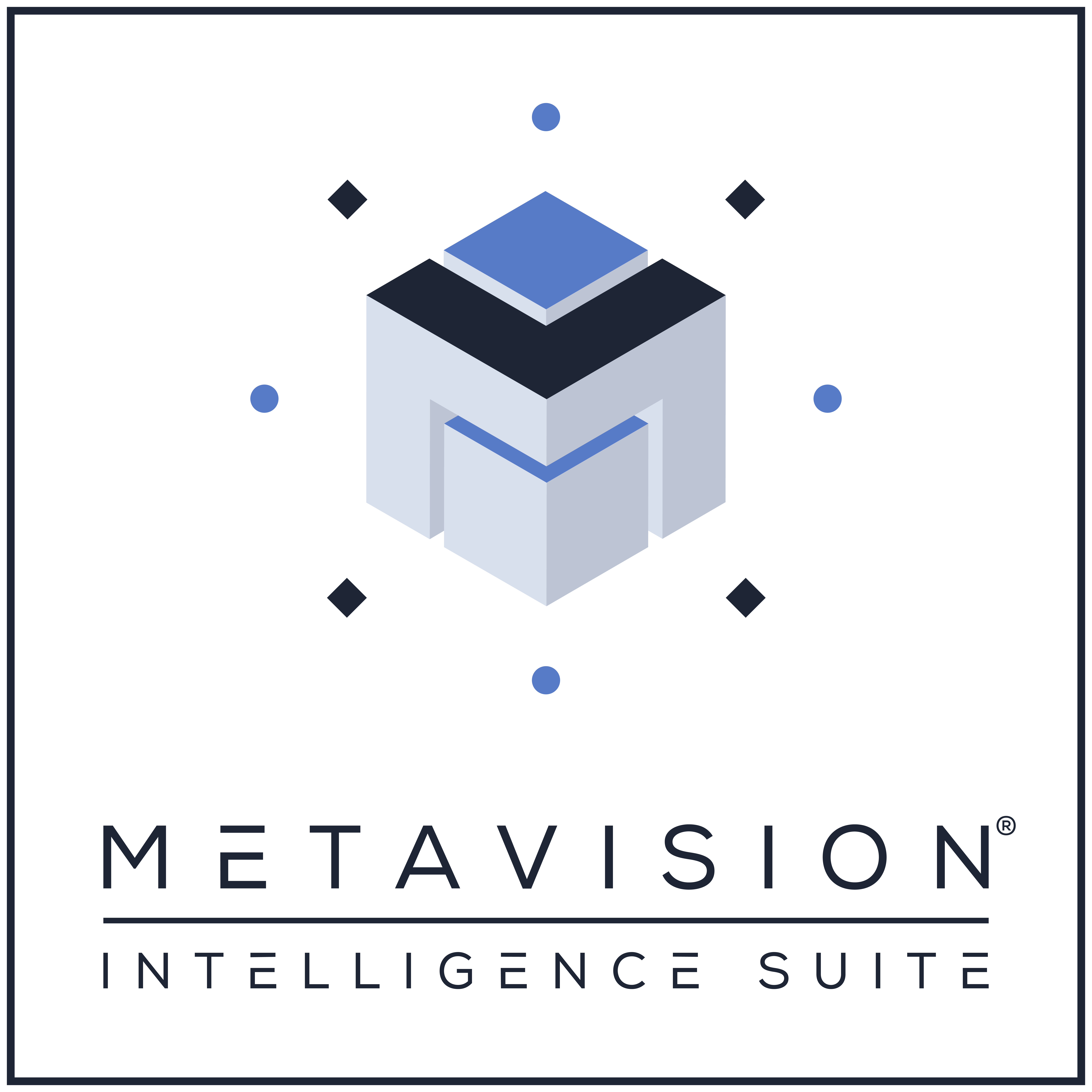OPTIMIZING EVENT-BASED NEURAL NETWORKS ON DIGITAL NEUROMORPHIC ARCHITECTURE: A COMPREHENSIVE DESIGN SPACE EXPLORATION
IMEC, DELFT UNIVERSITY OF TECHNOLOGY, UNIVERSITY OF TWENTE
Yingfu Xu, Kevin Shidqi, Gert-Jan van Schaik, Refik Bilgic, Alexandra Dobrita, Shenqi Wang, Roy Meijer, Prithvish Nembhani, Cina Arjmand, Pietro Martinello, Anteneh Gebregiorgis, Said Hamdioui, Paul Detterer, Stefano Traferro, Mario Konijnenburg, Kanishkan Vadivel, Manolis Sifalakis, Guangzhi Tang, Amirreza Yousefzadeh
ABSTRACT
Neuromorphic processors promise low-latency and energy-efficient processing by adopting novel brain-inspired design methodologies. Yet, current neuromorphic solutions still struggle to rival conventional deep learning accelerators’ performance and area efficiency in practical applications. Event-driven data-flow processing and near/in-memory computing are the two dominant design trends of neuromorphic processors. However, there remain challenges in reducing the overhead of event-driven processing and increasing the mapping efficiency of near/in-memory computing, which directly impacts the performance and area efficiency. In this work, we discuss these challenges and present our exploration of optimizing event-based neural network inference on SENECA, a scalable and flexible neuromorphic architecture. To address the overhead of event-driven processing, we perform comprehensive design space exploration and propose spike-grouping to reduce the total energy and latency. Furthermore, we introduce the event-driven depth-first convolution to increase area efficiency and latency in convolutional neural networks (CNNs) on the neuromorphic processor. We benchmarked our optimized solution on keyword spotting, sensor fusion, digit recognition and high-resolution object detection tasks. Compared with other state-of-the-art large-scale neuromorphic processors, our proposed optimizations result in a 6× to 300× improvement in energy efficiency, a 3× to 15× improvement in latency, and a 3× to 100× improvement in area efficiency. Our optimizations for event-based neural networks can be potentially generalized to a wide range of event-based neuromorphic processors.
PRODUCTS USED IN THIS PAPER
INVENTORS COMMUNITY
Our fast-growing network of 15,000+ researchers and developers is revealing the invisible with Prophesee’s neuromorphic vision technologies. From giving sight back to the blind to touching cells or tracking space debris, they have shown incredible imagination and innovation by leveraging Event-Based Metavision.
![[ACADEMIC] Optimizing event-based neural networks on digital neuromorphic architecture: a comprehensive design space exploration Slide](http://www.prophesee.ai/wp-content/plugins/revslider/sr6/assets/assets/dummy.png)



